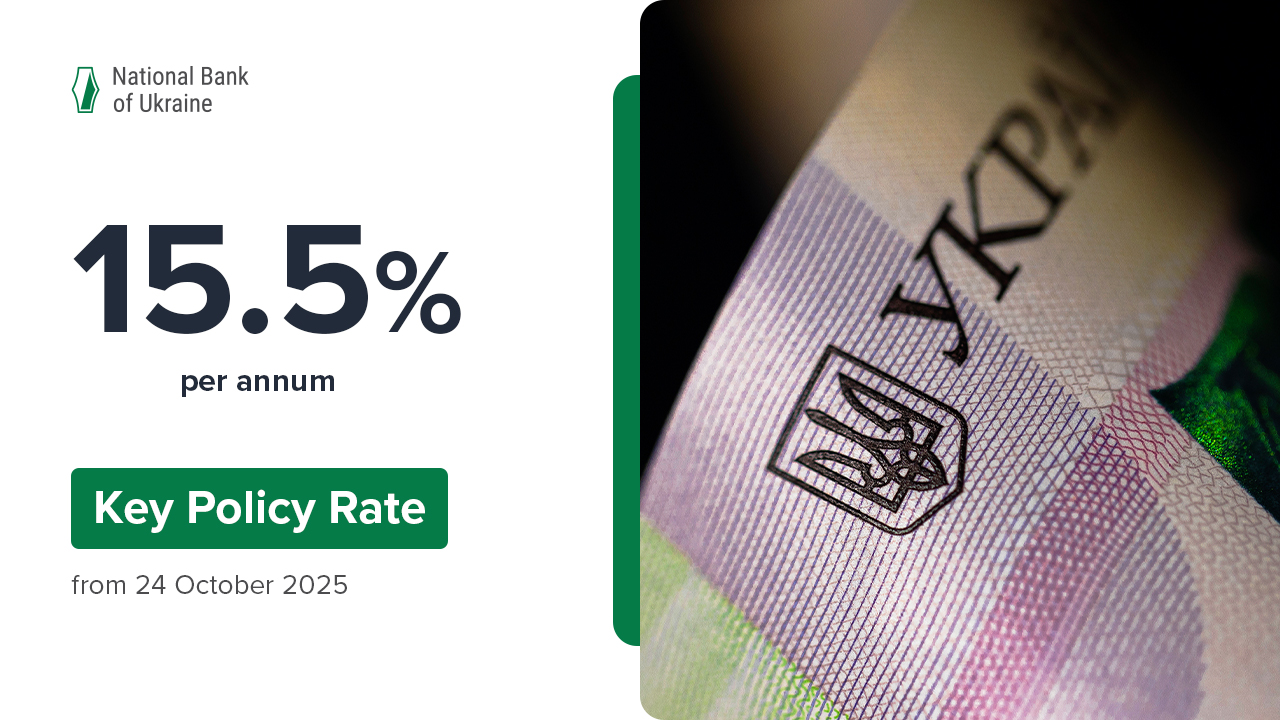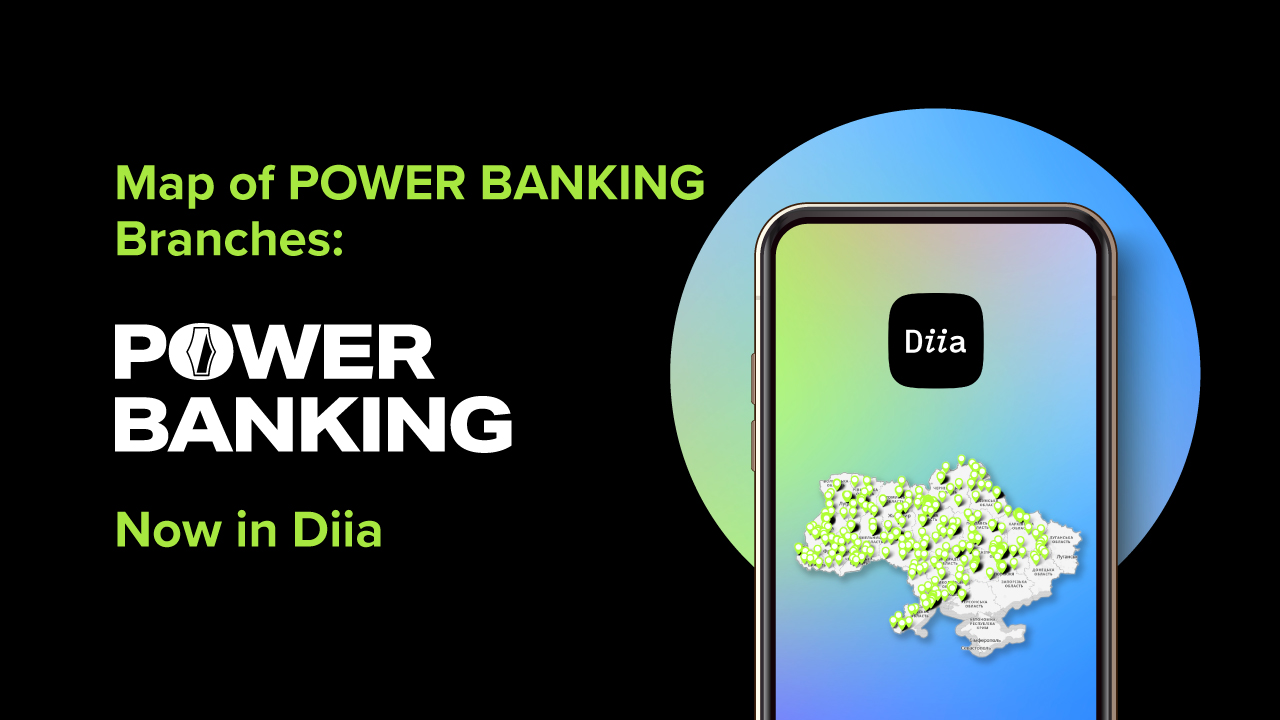Demand for corporate loans has grown. Major increase in demand was expected for small and medium-sized enterprises (SME) loans, domestic currency, and short-term loans for businesses. In addition, financial institutions expect recovery in consumer lending. This information was released in the Bank Lending Survey published today by the National Bank of Ukraine (NBU).
The surveyconducted from 20 June 2018 through 10 July 2018 of credit managers of 63 banks accounting for 98% of the total assets in the banking system. The survey contains Q2 results and highlights expectations for Q3 and the next 12 months.
Most banks have been expecting an increase in corporate lending since the end of 2016; hence, namely this survey showed the highest percentage (81%) of said banks (balance of expectations made 37%). The percentage of those expecting a rise in retail lending was 67% of respondents (the balance of responses being 51%). The banks retained positive expectations for an increase in deposits from households (57% of respondents, the balance of responses being 42%), as well as businesses (68% of respondents, the balance of responses being 34%)
Demand for corporate loans grew mildly in Q2 2018, as stated 48% of interviewed banks (the balance of responses being 15%) As reported, demand increased for all types of loans, except for loans to large enterprises. Banks reported the need to replenish working capital and investment needs to be the major drivers of demand.
The banks noted an increase in approved SMEs loan applications and gradual easing of lending conditions for SMEs.
In Q3, financial institutions expected further growth in demand for all types of corporate loans. The most optimistic expectations were for SME loans.
A rise in demand for retail loans in Q2 was moderate. A third of banks reported a raise in demand for consumer loans, and a quarter - for mortgages. Those were mostly large banks. According to respondents, the demand for mortgages increased mostly due to expectations of increase in prices on real estate.
Increase in demand in the consumer sector was preconditioned by a range of factors, including improved consumer sentiment and falling household savings.
Some large banks noted that the determining factor for their customers was the limited capacity of households to take out loans in other banks.
In addition, for few quarters in a row, banks have been mentioning intensified competition in retail as well as mortgage lending not only with the banks, but also with non-bank financial institutions.
In Q2, the approval rate for mortgage lending did not change. Hence, the approval rate for consumer loans increased significantly (as reported by 22% of respondents, the balance of responses of 15%). In Q3, the banks expected the level of demand for retail lending to increase and mortgage loans to remain unchanged.
Banks noted that in Q2 credit risks increased. Large financial institutions, however, reported a reduction of interest rate and operational risks, while small and medium banks stated an increase in liquidity risk.
In Q3, large banks expected a simultaneous rise of credit, interest rate, FX and liquidity risks.
The next Bank Lending Survey on expectations of lending conditions for Q4 2018 shall be released in October 2018.
Note. In the Banking Survey (Q3 2018) respondents’ replies are non-weighted, with one bank equaling one response.
The balance of responses means those made by a respondents and consolidated and may be interpreted as a difference between the weighted percentage of respondents who reported an "increase" of a certain indicator and those who reported a “decrease" of the indicator. The balance of responses can vary within the range of ± 100.
For reference. The NBU publishes the Bank Lending Survey quarterly to summarize findings of bank surveys of lending conditions in the reporting quarter and lending prospects for the following quarter and 12 months.








